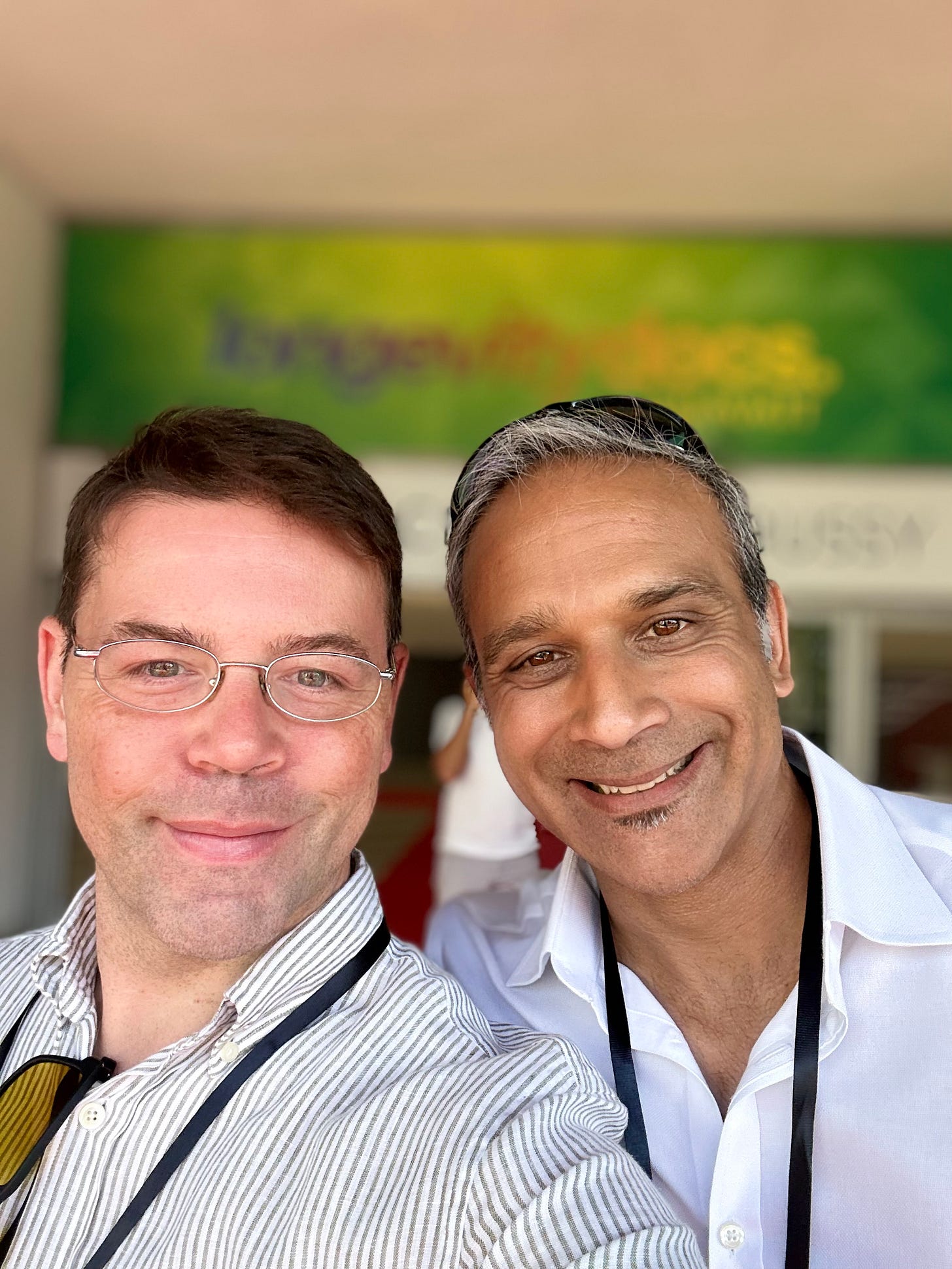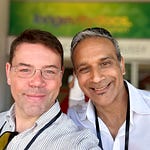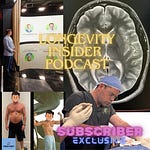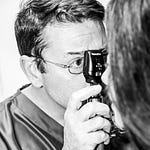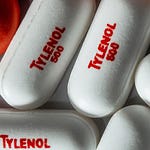Subscriber Recap – Day 1, Late Afternoon Report from Cannes
We closed Day One of the Longevity Docs Summit with some of the most forward-thinking sessions yet. From senolytic speculation to mitochondrial skincare, from public health engineering to sleep as a biomarker of aging … this was the convergence of high-tech, high-touch, and high-impact longevity thinking.
Let’s get into it.
But before we do, please make sure you share this with your friends, family and patients! You may save a life! Even Yours.
GLP-1s and the Senescence Hypothesis, Revisited
Yes, we circled back to GLP-1s.
In an encore of the morning panel, Dr. Abid Hussain proposed again that the muscle loss seen in some patients using GLP-1 receptor agonists may be related to senescent myocyte clearance not just cachexia or sarcopenia but senolysis.
This is more than a mechanistic detail.
If GLP-1s are behaving as functional senolytics, they may be clearing dysfunctional tissue rather than degrading healthy muscle. Animal models have suggested this but as I said again, we still need to verify this in humans.
But imagine if that proves true.
We would need to rethink how we cycle, combine, and titrate GLP-1s in conjunction with resistance training, fasting, and other mitochondrial support strategies.
The question isn’t just “do they work?”
The question is: What exactly are they doing?
What do you think? Let me know. Do you think GLP-1 meds are longevity agents?
Skin First: L’Oréal’s Mitochondrial Approach to Aging
Dr. Vania LaCascade a PharmD and Chief Innovation Officer at L’Oréal delivered one of the most unexpected yet resonant talks of the summit.
Her central thesis?
Longevity begins at the skin.
The first visible signs of aging occur externally. And at the cellular level, L’Oréal is approaching beauty as a function of mitochondrial health, stem cell signaling, and scalp microvascular integrity.
They’re not treating wrinkles. They’re targeting cellular decline.
And they’re doing it with the tools we use in regenerative medicine every day: blood flow modulation, stem cell activation, mitochondrial tuning. They are even creating partnerships with TruDiagnostics and Timeline. We use Timeline Urolithin A and share our discount with our readers and patients in affiliate fashion. We have been using TruAge for it’s Dunedin Clock report and find great utility out of this, despite what may seem like noise, trending this clock is valuable.
As someone who routinely uses PRP, peptides, and stem-cell based therapies for hair restoration and skin quality at Concierge Medical, I can tell you: this approach is valid.
We’re all speaking the same language. Whether it is mitochondrial density, redox potential, vascular perfusion, it is just in different aesthetic dialects.
I believe this is a radical transformation in the beauty industry. Why? Whilst many out there are hawking Collagen, there is some new publications showing what Professor John Ioannidis has said over and over again, replication is the gold standard.
Why does this matter? “Most science is not up to par for reproducibility” We have over 30 million people publishing papers annually and most of them are advertisements, not science.
“A total of 23 RCTs with 1474 participants were analyzed. In a meta-analysis of all 23 RCTs, collagen supplements significantly improved skin hydration, elasticity, and wrinkles. However, in the subgroup meta-analysis by funding source, studies not receiving funding from pharmaceutical companies revealed no effect of collagen supplements for improving skin hydration, elasticity, and wrinkles, while those receiving funding from pharmaceutical companies did show significant effects. Similarly, high-quality studies revealed no significant effect in all categories, while low-quality studies revealed a significant improvement in elasticity.”
So, whilst many are chasing longevity, few are doing it right with the skin. L’Oreal is doing just this with their Chief Innovation Officer. We must find ways to reward diligent scientists and Dr Vania LaCascade and the team at L’Oreal are being very dilgent here.
Dr. LaCascade said it best:
Beauty is longevity medicine.
She’s right.
Membership Models vs. Measurable Value: A Real Debate
In one of the most candid exchanges of the afternoon, physicians debated whether longevity medicine should be built on membership models.
At Concierge Medical, we’ve had success with tiered memberships they allow for structure, continuity, and accessibility.
But Dr. Foong challenged that idea.
She argued that unless we can demonstrate and track true healthspan improvements, we should default to fee-for-service models. No promises, just outcomes.
It was a healthy, honest discussion.
Both sides are correct and the answer may depend less on model and more on data visibility, transparency, and patient engagement.
I’ll be watching how this evolves. We prefer membership models for maximization of the utilization of our services.
What model makes sense to you as a patient? What about as a physician?
What Makes a Longevity City?
This was, hands down, one of the most illuminating sessions of the summit.
On stage:
Dr. Muhammad Alhammad (NEOM, Director of Health and Aging)
Lorraine Cortés-Vázquez (Commissioner of Aging, NYC)
The Deputy Mayor of Cannes
Moderated by Dr. David Luu
Question on the table: What defines a longevity city?
Lorraine’s answer:
Age-inclusion. Cities must be designed so people can age in place, safely and actively.
Dr. Alhammad’s answer:
Systems integration. If your infrastructure doesn’t embed longevity into its design, it will collapse under its own contradictions.
The Deputy Mayor of Cannes dropped the most practical takeaways:
Cannes subsidizes small food markets to encourage local, fresh, unprocessed food.
Residents receive 2–3 weekly personal training sessions for free, sponsored by the city.
30,000 residents are actively enrolled in aging and healthspan research programs.
Lorraine is stunned here, what Cannes is doing may not all be possible in NYC, but some of it is…….
This is urban health engineering done right.
It's not just a blue zone strategy, this is something more. It's public infrastructure as geroprotection.
Could NYC afford to do the exact same? Not likely.
But could NYC learn from this model? Absolutely.
Would you move to NEOM?
Now we will dive into the final session and some actionable insights which you can integrate in your longevity program or your own personal longevity regimen today!
Listen to this episode with a 7-day free trial
Subscribe to Longevity Insider with Dr. Murphy to listen to this post and get 7 days of free access to the full post archives.


